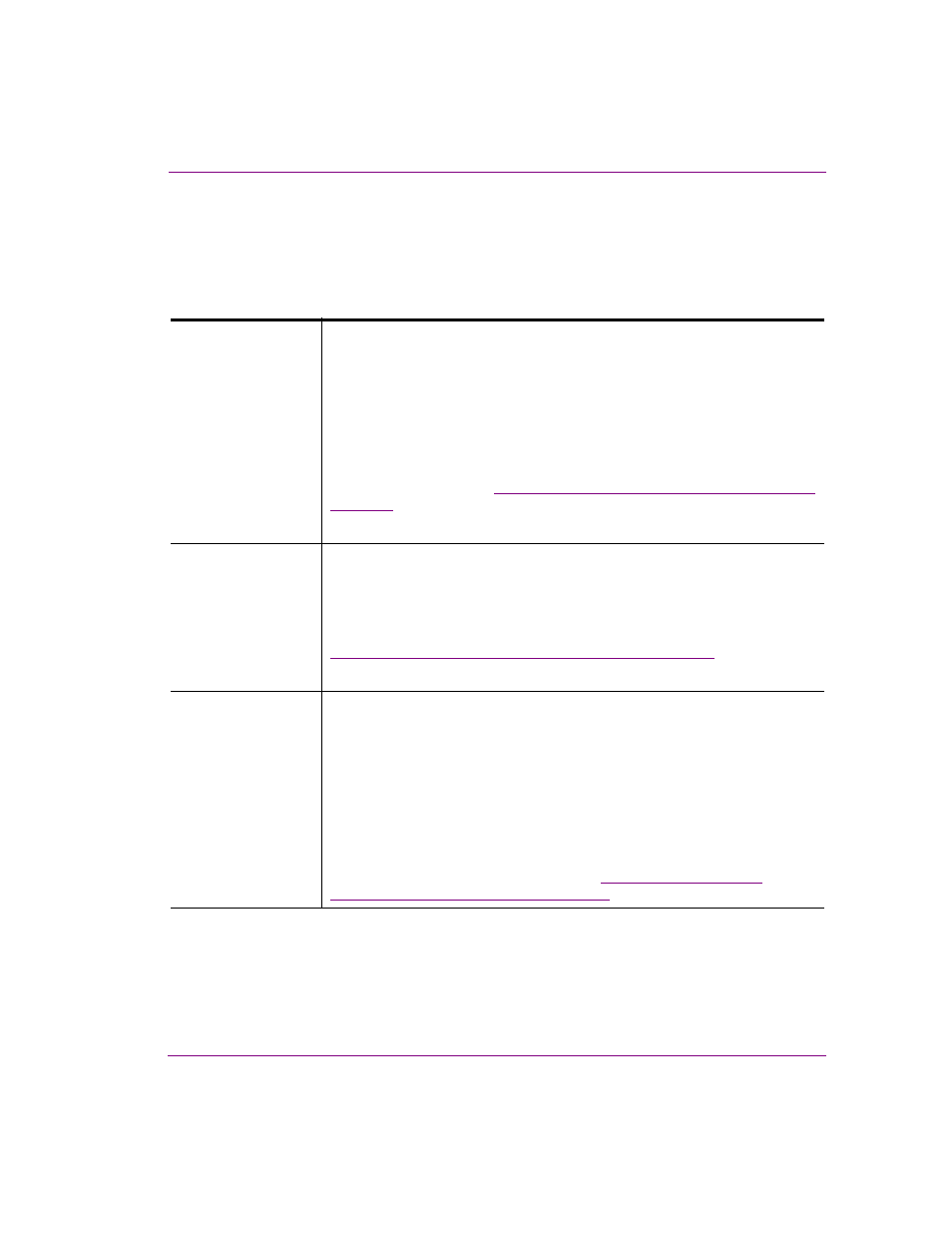Types of channel lines – Grass Valley Xstudio Vertigo Suite v.4.10 User Manual
Page 160

Xstudio User Manual
7-17
Animating scene objects
Types of channel lines
The Animation Editor’s timeline displays and tracks each animation, including its objects,
object properties, keyer channels, and command channels as horizontal channel lines on
the timeline. The following table describes each of the channels that may appear on the
Animation Editor’s Timeline.
Animation channel
The animation channel is the top-level channel in the Animation Tree and it is
represented on the timeline by a thick dark blue bar.
As the top-level channel, animation channels can contain objects with property
channels, command channels and keyer and fader channels.
The length of the animation channel on the timeline represents the duration of
the animation’s playout. Therefore its length is often determined by the longest
object property within the animation. The animation channels themselves can
be resized, but since they are the top-level channel, all channels contain within
it will also be resized (see
“Resizing and moving channels on the Timeline” on
).
Also note that keyframes cannot be added to animation channels.
Object channel
Each object that is added to the animation channel is represented on the
timeline as an object channel (indicated by a medium blue bar). The name of
the object channel is the same as the object’s name on the scene, not the
asset’s name.
Object channels are used to move and group object properties all at once (see
“Resizing and moving channels on the Timeline” on page 7-39
).
Also note that keyframes cannot be added to animation channels.
Property channel
Property channels on the timeline represent the object’s properties that will be
animated during the playout of the scene. The property channels appear as light
blue blocks or thin blue lines on the timeline.
The property channel contains an initial keyframe (white circle) that represents
the current, or beginning, settings for that object property, which is displayed in
the Keyframe Editor fields when the keyframe is selected.
You can add additional keyframes, which allows you to specify a new setting for
the property at that specific point during the animation. Depending on the
property, you may be able to choose the interpolation, or transition, from one
keyframe setting to the next keyframe. See
and
“Adding and setting keyframes” on page 7-27
for more information.
